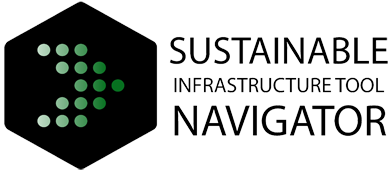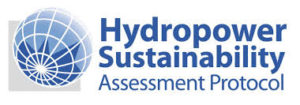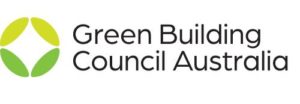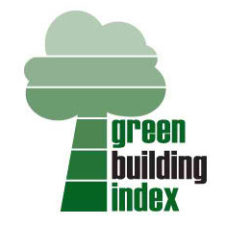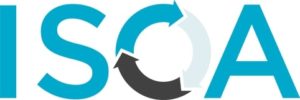
The IS Rating Scheme is Australia and New Zealand’s rating framework to assess the sustainability of the planning, design, construction and operation phases of infrastructure programs, projects, networks and assets. IS evaluates the sustainability performance of the quadruple bottom line (governance, economic, environmental and social) of infrastructure development. Several manuals and resources are available, covering different phases of the infrastructure cycle, being the main ones IS Design & As Built v2.0 and IS Planning v2.0. The total score is calculated based on the points achieved in the different credits. Verification of the assessment result is undertaken by an independent third-party verifier.
Lifecycle Phase(s): Project PlanningGeneral strategy for a project’s delivery is developed., Concept DesignTechnical experts broadly outline the project’s basic characteristics., Detailed DesignTechnical experts further elaborate the Concept Design., ConstructionThe asset is constructed in line with design, budget and timeline., Operation and MaintenanceInfrastructure assets are managed and maintained during their use time.
Type(s) of Tool: Rating SystemsProvide quantifiable sustainability ratings and / or certification for projects or assets.

